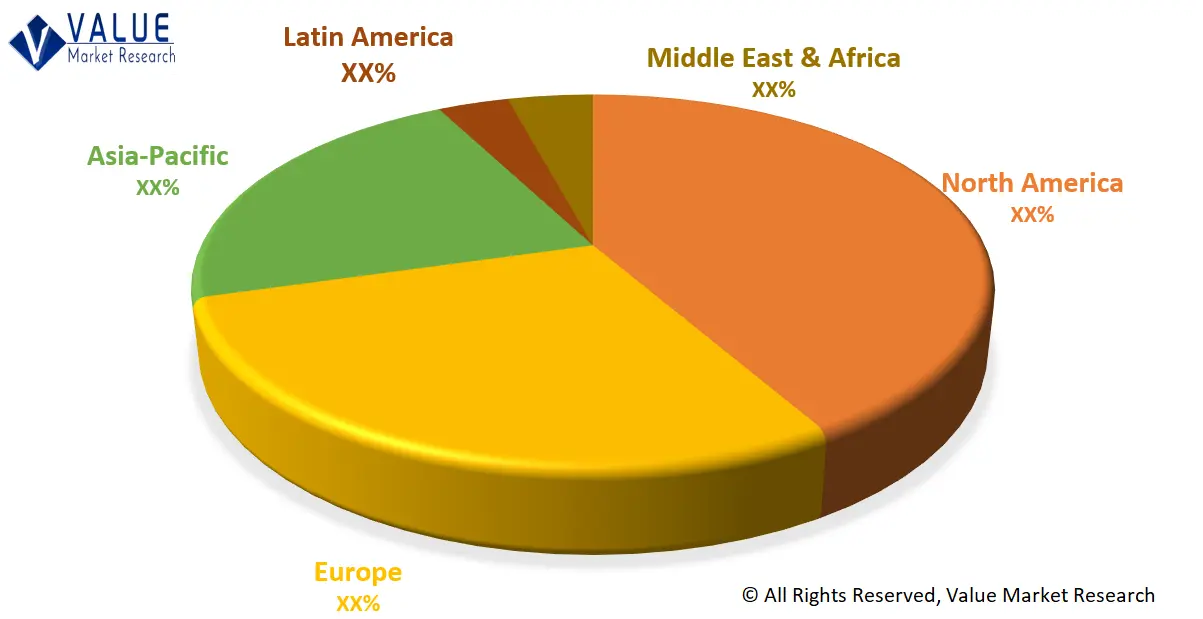The global demand for RNA Therapeutics Market is presumed to reach the market size of nearly USD 23.77 BN by 2030 from USD 13.94 BN in 2022 with a CAGR of 6.9% under the study period 2023 - 2030.
RNA therapeutics refers to a class of medical treatments that utilize ribonucleic acid (RNA) molecules to target, modify, or regulate gene expression for therapeutic purposes. RNA, a molecule essential for the transfer of genetic information from DNA to protein synthesis, can be harnessed for therapeutic interventions to address various diseases, including genetic disorders, infectious diseases, and certain cancers.
Market Dynamics
The success of mRNA-based COVID-19 vaccines has elevated confidence and interest in RNA therapeutics, showcasing the potential of mRNA technology. Advances in delivery technologies have overcome historical challenges, enhancing the effective transport of RNA molecules to target cells. The expanding applications in oncology, with a focus on targeted cancer treatments, contribute to the market's growth. The convergence of RNA therapeutics with gene editing technologies, increasing investment, and strategic partnerships further propel the field. RNA therapeutics gain prominence in rare disease treatments, with regulatory support and fast-track designations accelerating their development. The ongoing understanding of RNA biology and the global health challenges underscore the relevance of RNA therapeutics in addressing urgent healthcare needs. The market's trajectory is characterized by a patient-centric approach, personalized therapies, and the potential for RNA-based treatments to redefine the future of medicine.
The research report covers Porter’s Five Forces Model, Market Attractiveness Analysis, and Value Chain analysis. These tools help to get a clear picture of the industry’s structure and evaluate the competition attractiveness at a global level. Additionally, these tools also give an inclusive assessment of each segment in the global market of rna therapeutics. The growth and trends of rna therapeutics industry provide a holistic approach to this study.
Market Segmentation
This section of the rna therapeutics market report provides detailed data on the segments at country and regional level, thereby assisting the strategist in identifying the target demographics for the respective product or services with the upcoming opportunities.
By Product
Ву Туре
- MRNA Therapeutics
- RNA Interference (RNAi) Therapeutics
- Antisense Oligonucleotide (ASO) Therapeutics
- Other Therapeutics
By Indication
- Infectious Diseases
- Rare Genetic Diseases/Hereditary Diseases
- Other
By End User
- Hospitals And Clinics
- Research Settings
Regional Analysis
This section covers the regional outlook, which accentuates current and future demand for the RNA Therapeutics market across North America, Europe, Asia-Pacific, Latin America, and Middle East & Africa. Further, the report focuses on demand, estimation, and forecast for individual application segments across all the prominent regions.
Global RNA Therapeutics Market Share by Region (Representative Graph)

The research report also covers the comprehensive profiles of the key players in the market and an in-depth view of the competitive landscape worldwide. The major players in the RNA Therapeutics market include Moderna, Inc. (US), Alnylam Pharmaceuticals, Inc. (US), and Pfizer Inc. (US), Novartis AG (Switzerland), lonis Pharmaceuticals, Inc (US), Sarepta Therapeutics, Inc. (US), Sanofi (France), Arrowhead Pharmaceuticals, Inc. (US), BioNTech SE (Germany), Oma Therapeutics (US), CRISPR Therapeutics (Switzerland), Silence Therapeutics (UK), Astellas Pharma Inc. (Japan), CureVac SE (Germany), Sirnaomics (US), Arcturus Therapeutics Inc. (US) and Arbutus Biopharma (US). This section consists of a holistic view of the competitive landscape that includes various strategic developments such as key mergers & acquisitions, future capacities, partnerships, financial overviews, collaborations, new product developments, new product launches, and other developments.
In case you have any custom requirements, do write to us. Our research team can offer a customized report as per your need.

